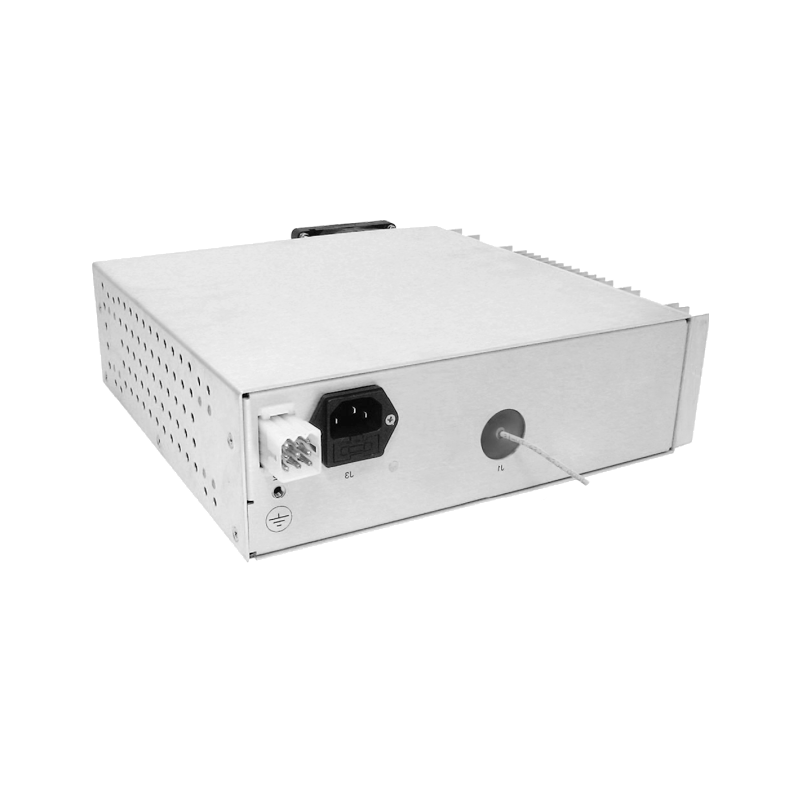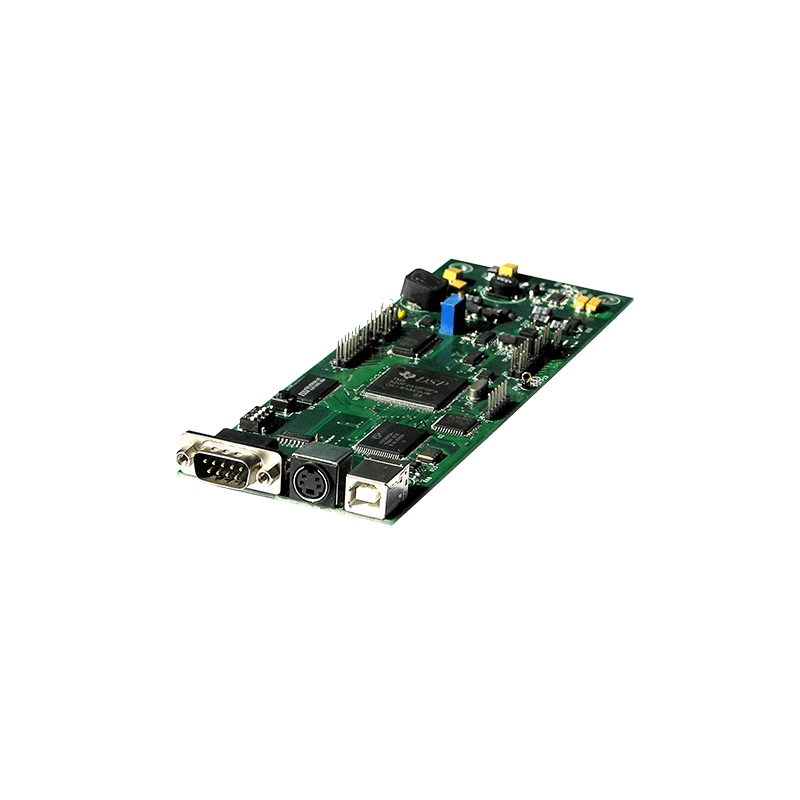Design of Micro High-Voltage Power Supply in Portable Devices
In the era of rapid technological development, portable devices have been widely applied in various fields due to their convenience and versatility. From medical equipment to communication devices, from consumer electronics to military equipment, the demand for portable devices is increasing day by day. As a crucial component of portable devices, the design of micro high-voltage power supplies directly affects the performance and application scope of these devices.
The design of micro high-voltage power supplies requires achieving high voltage output within a limited space, while also meeting the requirements of low power consumption, high stability, and miniaturization of portable devices. This poses extremely high challenges to the power supply's topology, control strategy, and material selection.
In terms of topology, common ones include flyback, forward, push-pull, and half-bridge/full-bridge topologies. For micro high-voltage power supplies, the flyback topology is widely used due to its simplicity, low cost, and easy implementation of isolation. However, with the increasing requirements for output power and voltage stability, half-bridge or full-bridge topologies may have more advantages, although their circuit complexity is higher.
The selection of the control strategy is also of great importance. The traditional Pulse Width Modulation (PWM) control technology is widely applied in high-voltage power supplies, but its losses are relatively large at high frequencies. Therefore, some new control strategies, such as phase-shift control, Zero Voltage Switching (ZVS), and Zero Current Switching (ZCS) technologies, have been introduced to improve the efficiency and stability of the power supply. These technologies can effectively reduce switching losses, improve the conversion efficiency of the power supply, and extend the battery life of portable devices.
The selection of materials is also a key point in the design of micro high-voltage power supplies. New semiconductor materials, such as Silicon Carbide (SiC) and Gallium Nitride (GaN), have the advantages of high switching speed, low on-resistance, and high temperature resistance, making them very suitable for micro high-voltage power supplies. In addition, high-performance magnetic materials and capacitors can also improve the performance and reliability of the power supply.
In portable devices, the design of micro high-voltage power supplies also needs to consider the Electromagnetic Compatibility (EMC) issue. Since portable devices usually operate in a complex electromagnetic environment, the electromagnetic radiation and anti-interference ability of the power supply directly affect the normal operation of the devices. Therefore, effective EMC measures, such as shielding, filtering, and grounding, need to be taken during the design process.
In conclusion, the design of micro high-voltage power supplies in portable devices is a complex and crucial issue. By reasonably selecting the topology, control strategy, and materials, and solving the EMC problem, a micro high-voltage power supply with high performance, miniaturization, and low power consumption can be designed to meet the continuous development needs of portable devices.




















